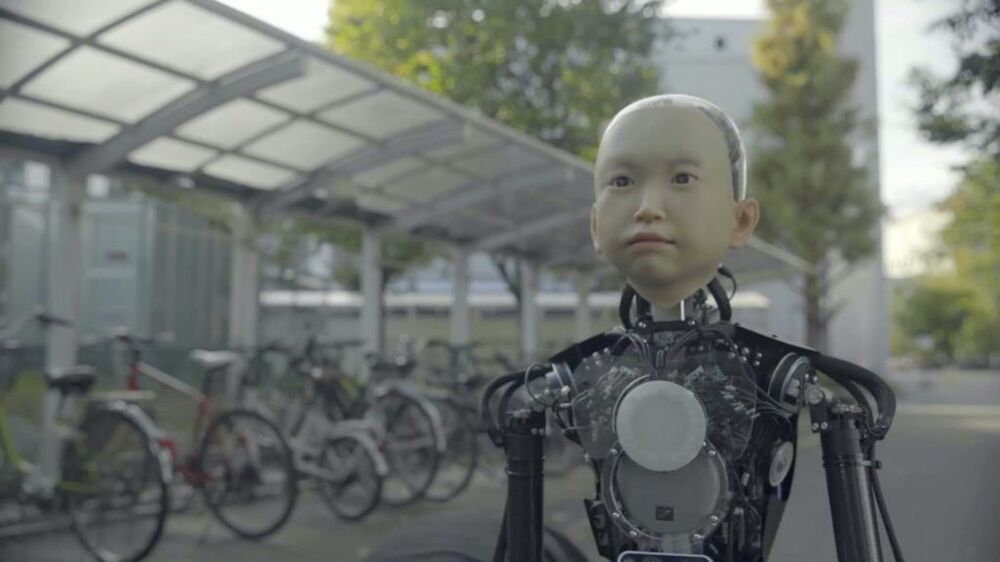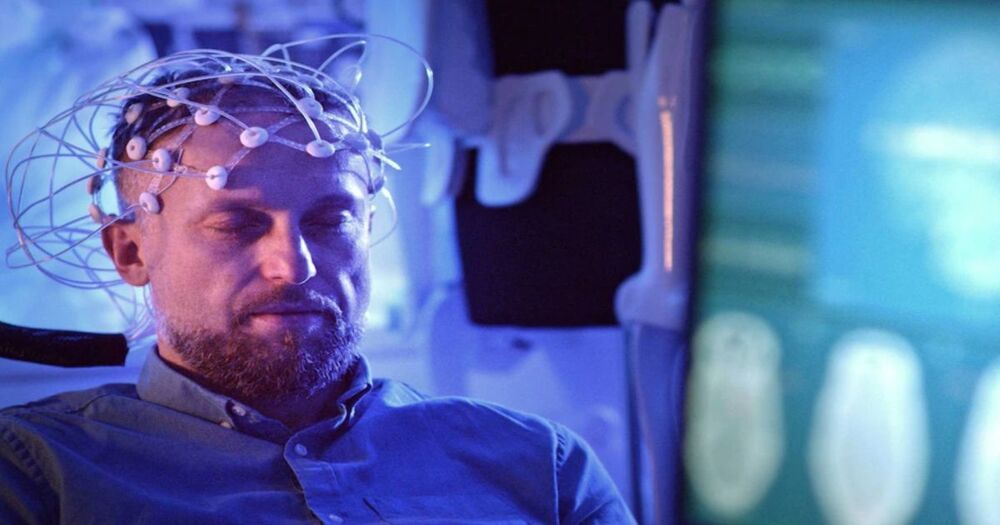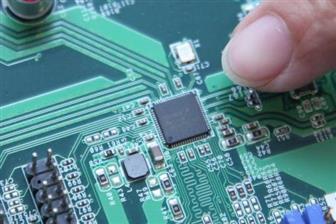https://youtu.be/AZeWPlVoLko
Permanent magnetic motors circa 2014.
The AZ-PM thruster is the latest in a range of Rolls-Royce propulsion products using its permanent magnet technology. This technology is based on electric drive where the motor is in the form of a ring round the propeller. The moving part of the ring is a rim around the propeller blades which carries a series of strong permanent magnets. The rotor, fitted within a series of magnets, turns within an outer ring which form the stator.
When current is supplied to the motor from the variable frequency power supply the electromagnets are excited in a particular sequence and the resulting magnetic fields interact with the field from the rotor magnets creating a torque that turns the rotor and its propeller blades.
At the centre of the thruster the propeller blades are joined to a hub, which has two functions; to carry the bearings taking propeller thrust and provide radial location of the rotor, and to improve the hydro-dynamic efficiency of the thruster. Loads are transferred to the stator through struts. Both rotor and stator are sealed against water ingress and operate fully submerged.
Rolls-Royce PM technology is flexible, and is currently applied in this integrated propeller drive form to tunnel thrusters (TT-PM) and azimuth thrusters (AZ-PM). Other versions in which the PM rotor is arranged to turn an output shaft provide a high torque, low speed, drive for winches.







